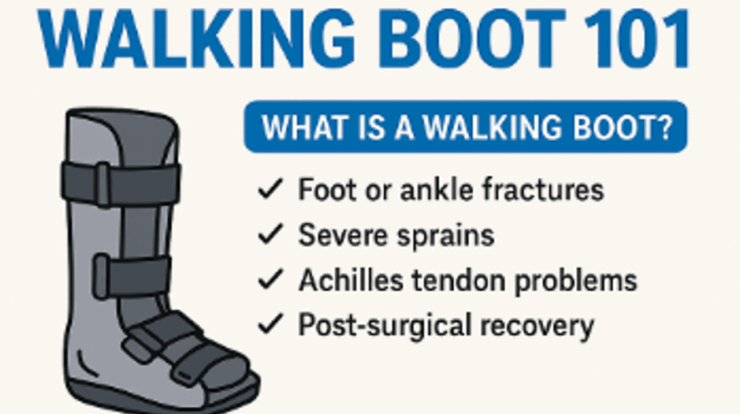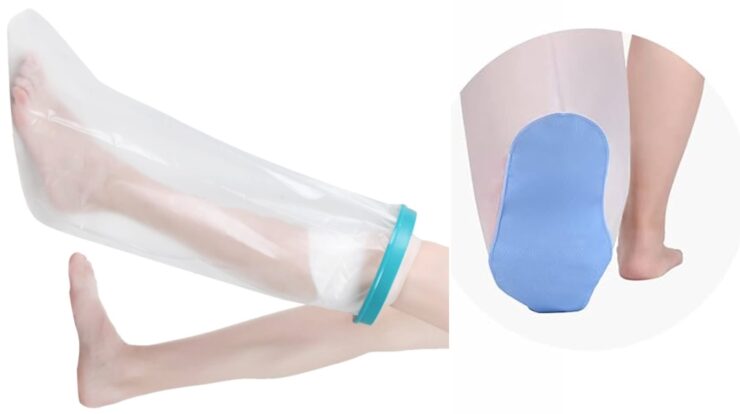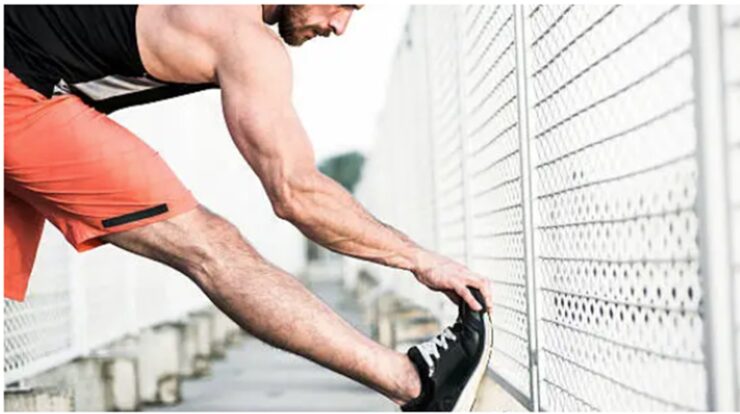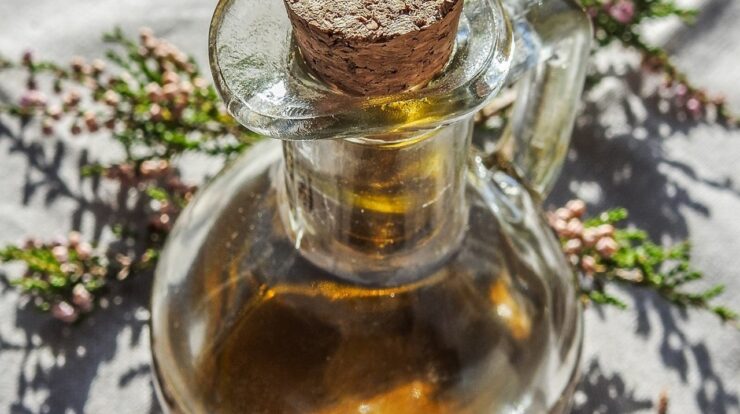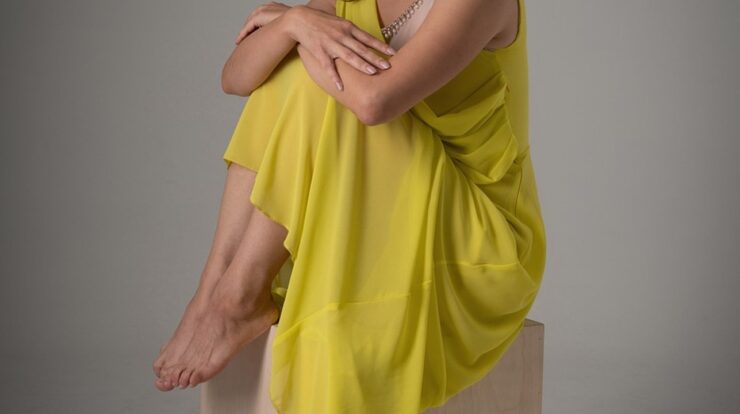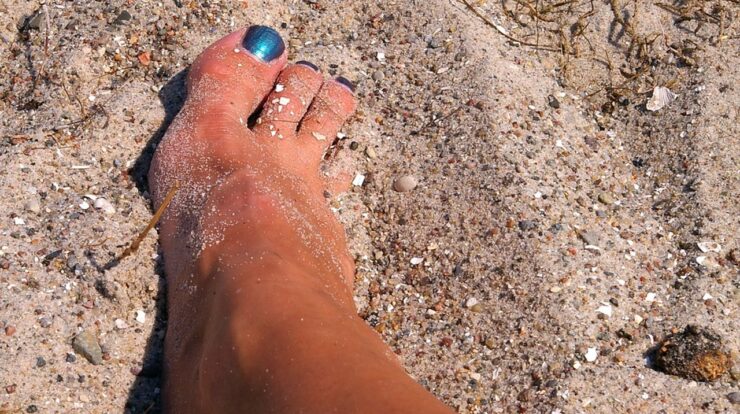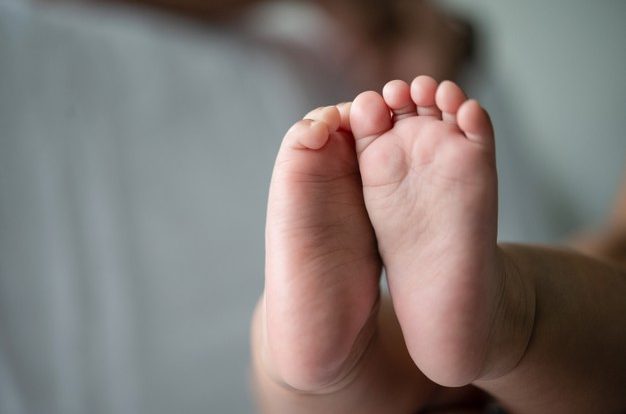
Yes. For the vast majority of people, baby foot peel is safe to use to rid yourself of tough dead skin at the base of your feet. Within 7 days it sloughs off the dead skin with ravine like cracks revealing fresh smooth rejuvenated young skin.
However, if you have any calluses, open sores, warts, or skin sensitivity, it’s best not to use this or any other foot peel. Lactic and glycolic acid are not loving to sensitive skin and can cause irritation.
What Is Baby Foot Peel?
Baby Foot Peel is a chemical peel for your feet, explains a board-certified dermatologist. Getting rid of calluses on your feet is where this product shines.It is an exfoliating foot peel that helps slough dead skin from off your feet.
The process of stripping away dead skin using baby foot peel is painless. You can get one reasonably priced on amazon by clicking here. An impressive 10k reviews on Amazon can’t be wrong.
How Does Baby Foot Peel Work?
The product’s active ingredients of lactic acid, salicylic acid, alcohol, and glycolic acids are keratolytic, so they get into the top layer of your skin, breaking up the connections in the dead skin cells, and within two or three days later the dead skin peels off like a snake shedding old skin for new.
In order to achieve this result simply secure the mask around your feet for an hour or so. After a few days you will see the first sign of your skin peel. Soon after you will see a more intense peel and before long you will notice rejuvenated skin – almost as fresh as the skin on a baby’s foot.
The process is painless, and while its ingredients are effective on many folks’ skin, it’s important to note that these are acids, and you should check with a medical professional before starting on a chemically exfoliating regimen — on your feet, or elsewhere.
Several days after you use Baby Foot, your skin will start to peel. This is all of the dead skin, detaching from the fresh, healthy skin underneath and sloughing off. Once it peels away, that fresh skin will be your top layer. Your feet will feel smooth again and they will look healthy and beautiful, too!
How long does it take for the foot peel to start working?
After you’ve completed the baby foot peel treatment, it will take approximately 3-7 days for your feet to start peeling.
You will have to be a bit patient because the process usually takes approximately two weeks to completely peel. Results may vary so be a little patient. The peel will make your skin feel as soft as a baby’s after the built-up dead skin is causing calluses and dryness
removed.
How does baby foot peel work?
Each package comes with two single use plastic booties with the inside coated in a sticky, gel-like substance made of up to 16 different natural botanical extracts and a blend of salicylic acid and alpha hydroxyl acids (AHAs).
The natural botanical extracts include chamomile, grapefruit and sage while the (AHAs) include citric, glycolic, and lactic acids – the gold standard of skin-line rejuvenators and chemical peels.
The outer layers of skin on your feet can get hardened or callused over time as a result of doing everyday activities like walking, jogging or running. The hardness of the skin serves as protection.
This is different from foot masks, which acts as a moisturizer and have a restorative effect on the skin. While baby foot peel causes all thick, cracked, hardened skin to shed like a Floridian black snake.
While the peeling itself is usually painless, it’s important to remember that exposing chemicals to your skin can cause irritation.
What Should You Do Before Using Baby Foot Peel?
It is recommended that you do a spot test on your ankles one to three days before the treatment, just to make sure that your skin won’t react negatively to the chemicals. A red, itchy rash can be a sign that your skin is too sensitive for a peel.
Baby Foot also recommends soaking your feet before putting them on. 15 minutes could be a good amount of time for your foot to be appropriately soaked.
Dry your feet thoroughly in preparation for the next step then put them in the bags provided with the gel like substance. Tape your feet into each bootie and leave them on your feet for an hour.
You may experience a weird sensation on your feet but it is totally normal. Take this time to relax so that the chemical can be absorbed into the callused skin – moving around may cause it to not work properly. After an hour, take off the booties and thoroughly wash the gel off your feet.
Does your skin actually shed?
Once you remove the plastic booties and rinse the gel off your skin you may not notice much different apart from a clean foot. However, within a week or two your feet will start shedding.
You will see flaked off skin everywhere, on the couch, on the bed on the carpet and in your shoes.
The skin will shed but with all these years of walking and running your skin will not be as smooth as a baby’s. Sorry to disappoint you.
Applying sunscreen every two hours on your feet for a few days post-peel is a great idea.
Is it worth it?
Once the flakes cleared up my skin looked OK.
How Often Should You Use Baby Foot Peel?
It is recommended by some dermatologists to use the Baby Foot once and then every two to four months depending on the level of skin damage or problems.
Use plenty of moisturizer after the treatment. I used the Cetaphil Moisturizing Lotion and it helped. Following any kind of treatment like this requires moisturizer because your skin loses a lot of hydration during the peel process.
Other questions asked…
How To Get The Best Results From Baby Foot Peel?
When To Use Baby Foot Peel?
How Long Does It Take For Baby Foot Peel To Work?
What Should You Do After Using Baby Foot Peel?
Final thoughts.
This product may not make the skin on your feet comparable like a baby’s feet but it does work to get rid of the excess callused skin. Having your skin peel everywhere can be a total mess but the result is worth it. You can get sizes big enough for a man with mansize feet.
Back to boot walker home.

